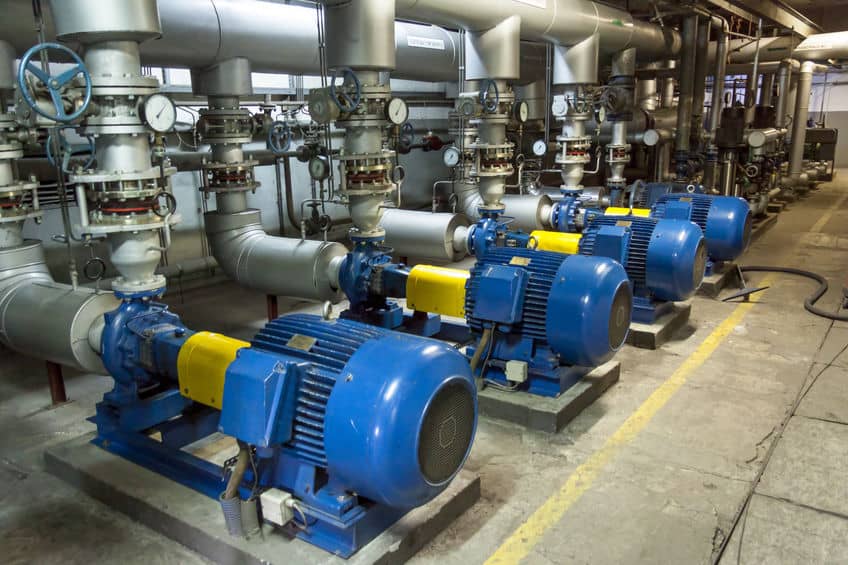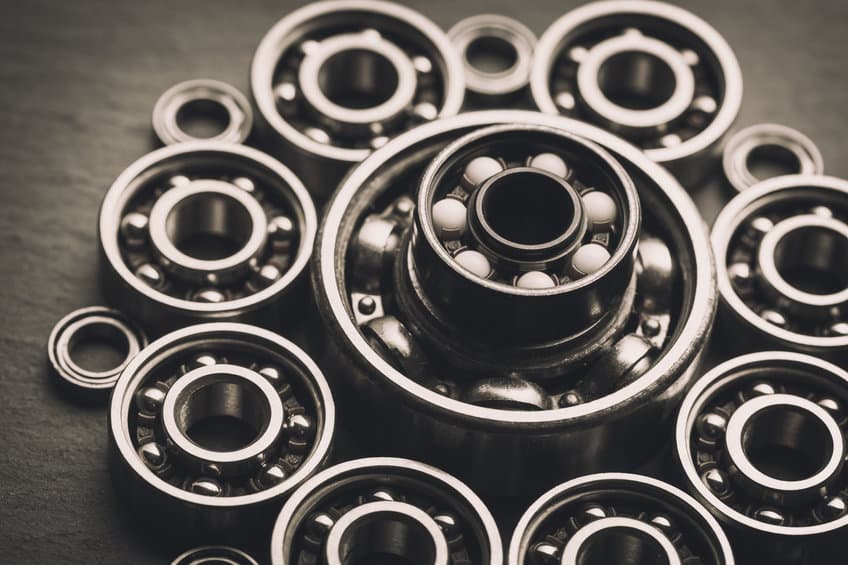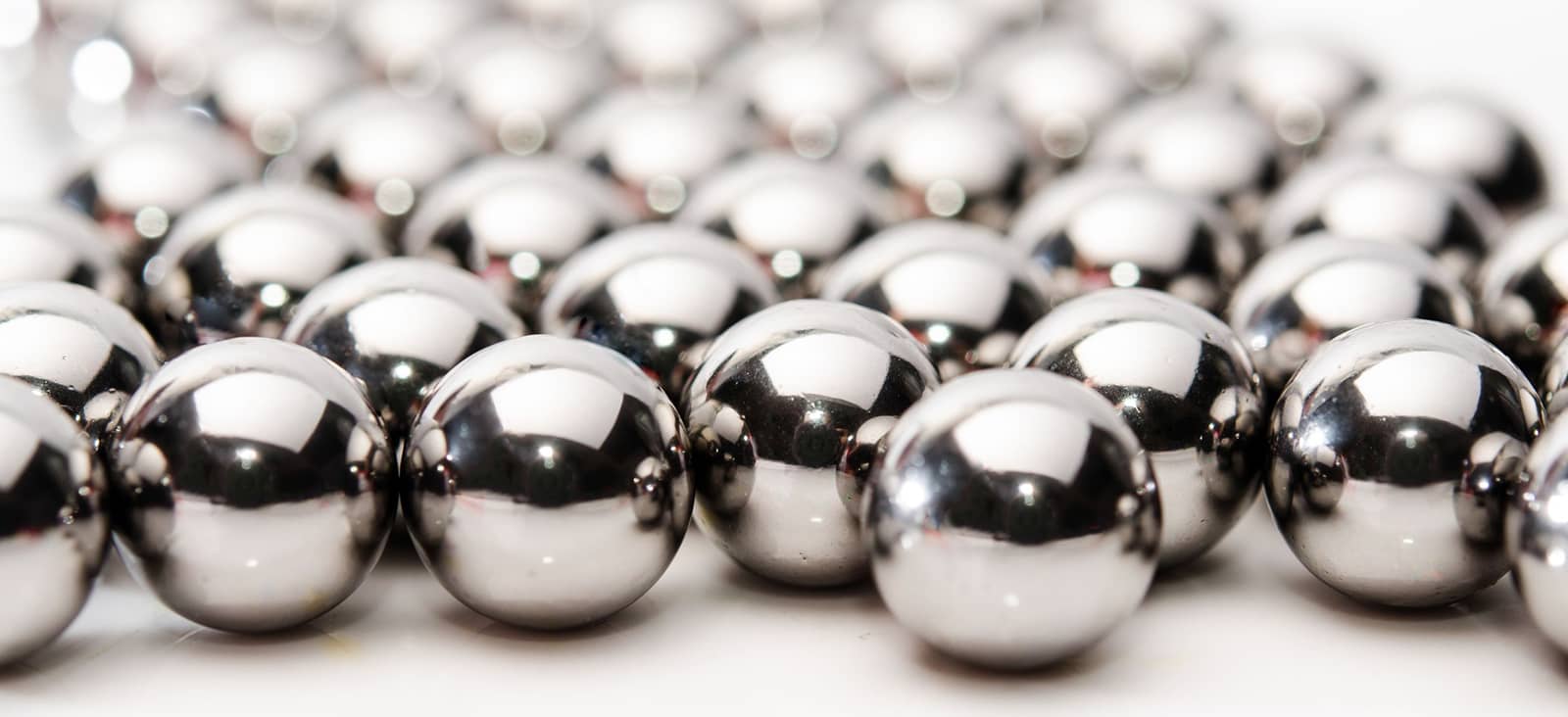If you have worked with industrial electric equipment for variable frequency drives (VFDs), you know that electrical arcing can be a major problem—especially when it comes to the motor’s bearings. Stray currents can use a bearing as its path to ground, which causes damage to the bearings known as electric arc bearing damage (EABD). The damage typically includes pitting to the rollers and raceways and degradation of the bearing’s lubricant.
Once a bearing experiences EABD, it’s only a matter of time before the bearing fails. This obviously means that the bearing will need to be replaced, and that the equipment in which it resides will likely experience some downtime. Both of these situations can be costly. Of course, you could replace the damaged bearing with a comparable steel bearing, but there is another option.
Replacing Damaged Bearings with Ceramic Hybrid Bearings
If your bearings have fallen victim to electrical arcing, you may want to consider replacing them with ceramic hybrid ball bearings. Unlike their all-steel counterparts, ceramic hybrid ball bearings are immune to EABD. The silicon nitride (ceramic) balls in hybrid bearings are electrically non-conductive, which means they are protected from damaging electric currents and the resulting EABD.
What About the Cost of Ceramic Hybrid Bearings?
Yes, most ceramic hybrid ball bearings come at a higher price than steel ball bearings, but for many who work on motors with VFDs, they find that the added cost is justified. Not only do ceramic hybrid bearings eliminate electrical arcing, but they are also lighter and smoother. This means they cause less friction, and less friction means lower energy costs. They also require less maintenance (longer intervals between re-lubrication) and can last up to ten times longer than steel bearings! When you look at all of these factors, it’s easy to see why it makes sense to spend a bit more on ceramic hybrid bearings.
One of the factors that makes ceramic hybrid bearings so durable is the hardness of the ceramic balls. Quality ceramic balls are harder than steel balls. If you find that hard to believe, it might be because you are more familiar with other types of ceramic that are used to make things like dinner plates and floor tiles. Since those things can be fairly easily broken, many people associate ceramic with being fragile. However, silicon nitride, the type of ceramic used in bearings, is extremely hard. In fact, if you take a silicon nitride ball and try to smash it with a steel hammer, you would actually dent the hammer!
Does all of this sound too good to be true? Well, it’s not. Ceramic hybrid bearings really do live up to their reputation. If you have questions, we would love to talk with you. We’ll give you honest answers that will help you make more informed decisions about the bearings you use in your industrial electric motors.









